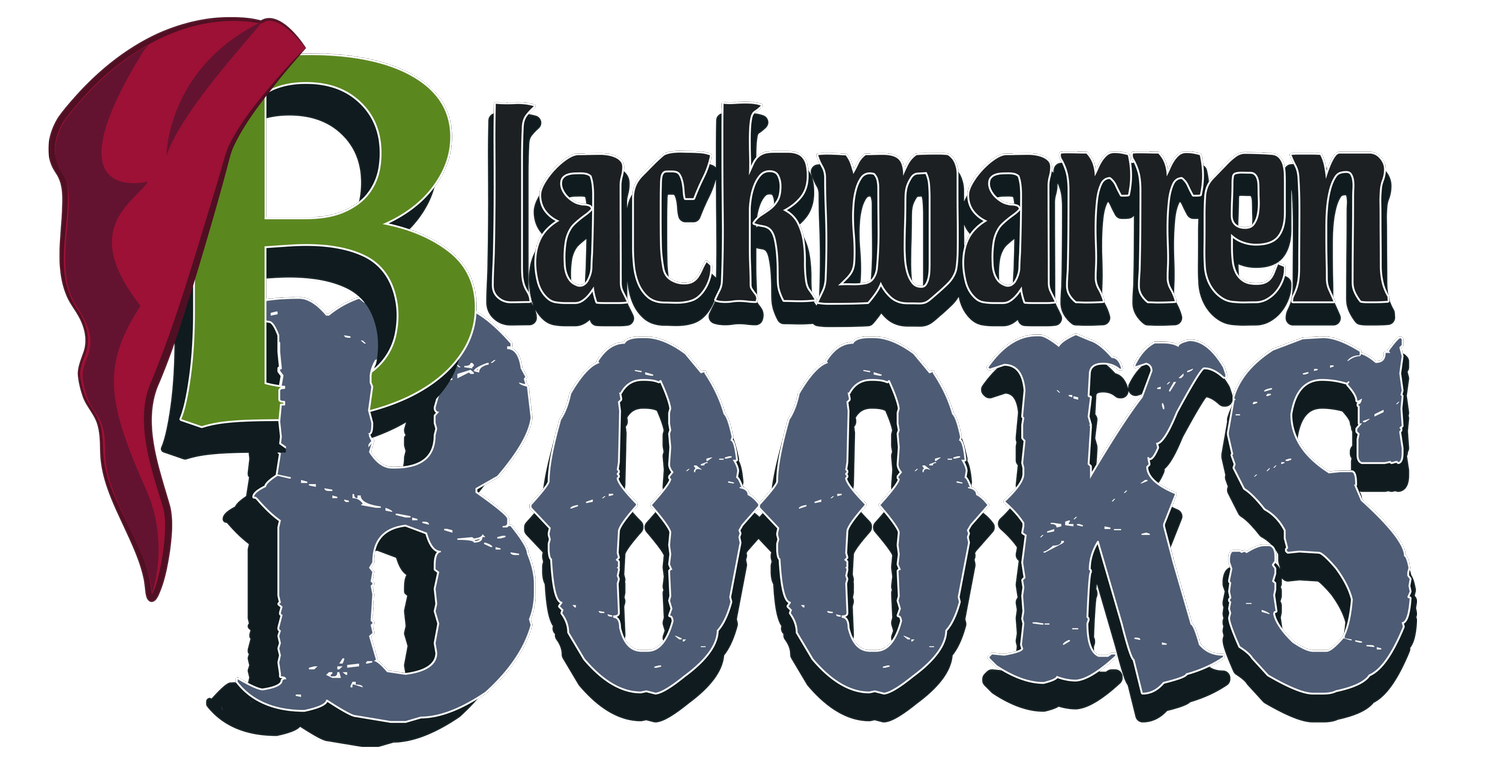Biopunk: Because What’s More Punk Than Hope?
Yesterday, we talked about both dieselpunk and steampunk, two closely related science fiction genres that fall under the “punk” SF umbrella. Today, we’ll be discussing biopunk, another subgenre that has plenty of similarities with ones like cyberpunk, but with one big difference: hope.
Biopunk, as a subgenre, ticks a lot of the same boxes that cyberpunk does. Biopunk stories are often in a dystopian setting, and they deal with many common cyberpunk themes like genetic engineering, cloning, and bio-hacking. Like cyberpunk as well, biopunk can be used to explore a wide range of social and political issues like environmentalism, inequality, and the nature of humanity. So why is biopunk its own subgenre? The answer is easy. Biopunk stories are often much more hopeful in tone and composition than cyberpunk ones.
Race, Ethnicity, and Gender Equality
Where bioengineering might be portrayed as grisly body horror in cyberpunk, in biopunk this same technology represents the potential of hope in challenging traditional notions of race and ethnicity. Biopunk stories can explore how biotechnology could be used to create new forms of life that blur the lines between human and non-human, or between different races and ethnicities. This can help to challenge the idea that race and ethnicity are fixed, immutable categories, and can open up new possibilities for thinking about identity and belonging.
Biopunk is also adept at exploring the potential of biotechnology to challenge traditional notions of gender and sexuality. For example, biopunk stories could explore the possibility of creating transgender or non-binary people, or of creating people who are immune to disease. This can help to challenge the idea that gender and sexuality are fixed, immutable categories, and can open up new possibilities for thinking about identity and embodiment.
Altogether, biopunk stories often explore how biotechnology could be used to empower marginalized communities. For example, biopunk stories could explore the possibility of using biotechnology to create new medicines or treatments for diseases that disproportionately affect marginalized communities, or of using biotechnology to create new forms of technology that can be used to resist oppression. This can help to give marginalized communities a sense of agency and hope, and can help them to imagine a future where they are free from oppression.
Biopunk Stories in Books, Film, and TV
Because biopunk and cyberpunk are often so closely related, it can sometimes be hard to pick apart what’s one and what’s the other. The Netflix series Altered Carbon, for example, is firmly biopunk as it’s a setting where human consciousness can be transferred quickly and easily between bodies. Yet it’s very much a cyberpunk noir thriller at the same time. Another good “hybrid” example is the science fiction/horror film Splice, where two scientists create a hybrid creature that is part human and part animal. Sometimes the distinction is clearer, though. The Windup Girl, the 2009 novel by Paolo Bacigalupi, is a better example of a more “pure” biopunk tale, as it details a world where genetically engineered creatures are used for labor and food.
At the same time, biopunk isn’t necessarily a new genre. Perhaps one of the most famous proto-biopunk stories is The Island of Dr. Moreau, which was a novel by HG Wells well before it was a disastrously bizarre film starring an increasingly unhinged Marlon Brando. This shouldn’t be too surprising that a thoroughly modern SF subgenre like biopunk got its start in the 19th century. Mary Shelly’s Frankenstein, often considered one of the very first science fiction novels ever, was published over 200 years ago and it too has proto-biopunk vibes with the way that Frankenstein’s monster is literally stitched together from body parts and brought to life.
Challenging the Status Quo
Biopunk stories can be powerful tools for social justice. They can be used to challenge traditional notions of race, ethnicity, gender, and sexuality, and they can be used to empower marginalized communities in ways that might be lacking in mainstream media. Biopunk stories can help us to imagine a more just and equitable future, and they can help us to work towards making that future a reality.
This doesn’t mean that biopunk stories aren’t rife with conflict, of course. Protagonists in biopunk SF tend to be members of any number of marginalized groups, and it’s either a central plot point or a subplot about how they’re discriminated against because of who they are or their role in society. This goes double for people who were “created” by biotechnology for a specific societal role. In these stories, fighting for the right to exist is a major theme - one that all too many marginalized populations around the world can relate to.
It’s this fight for recognition, for existence, and for the right to live your own life your own way that really typifies biopunk and differentiates it from more “mainstream” cyberpunk stories. This, plus the hopeful tone of these stories in the face of the sometimes terrible adversity biopunk characters face, is why the genre is perfect for inclusion in “Punk’s Not Dead.”
Got an idea for your own biopunk story? Submit it to Blackwarren today!

